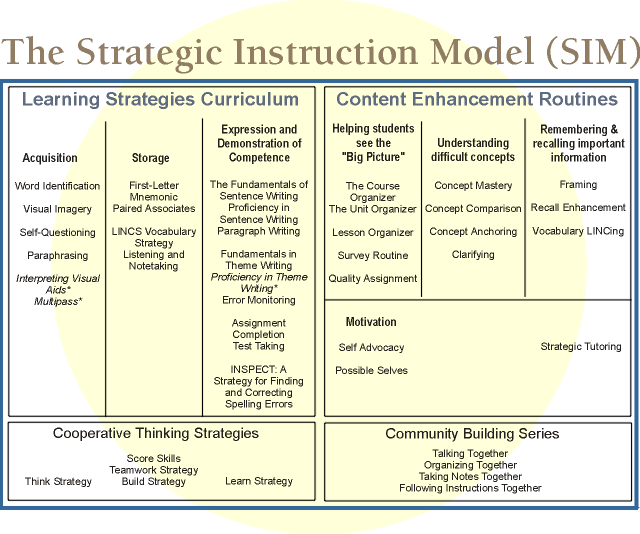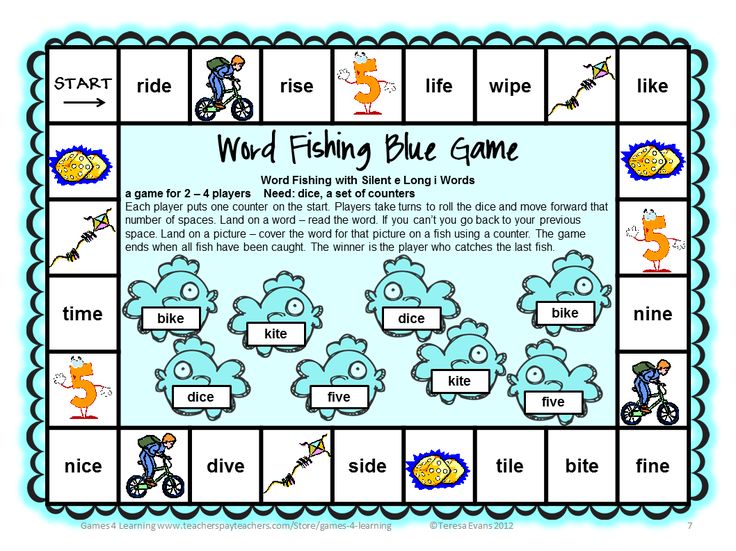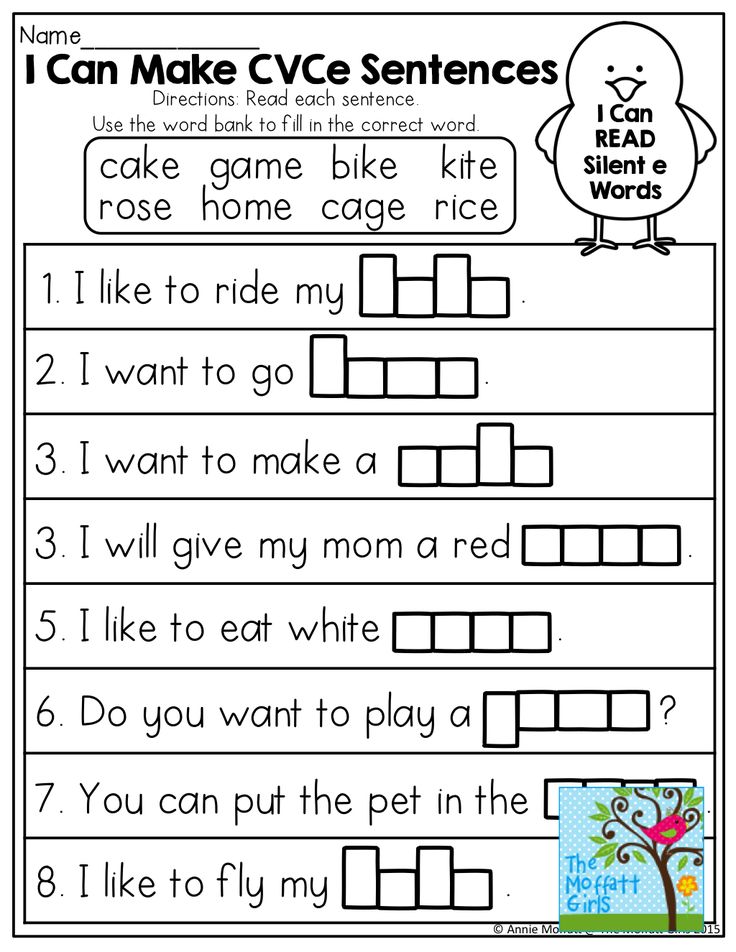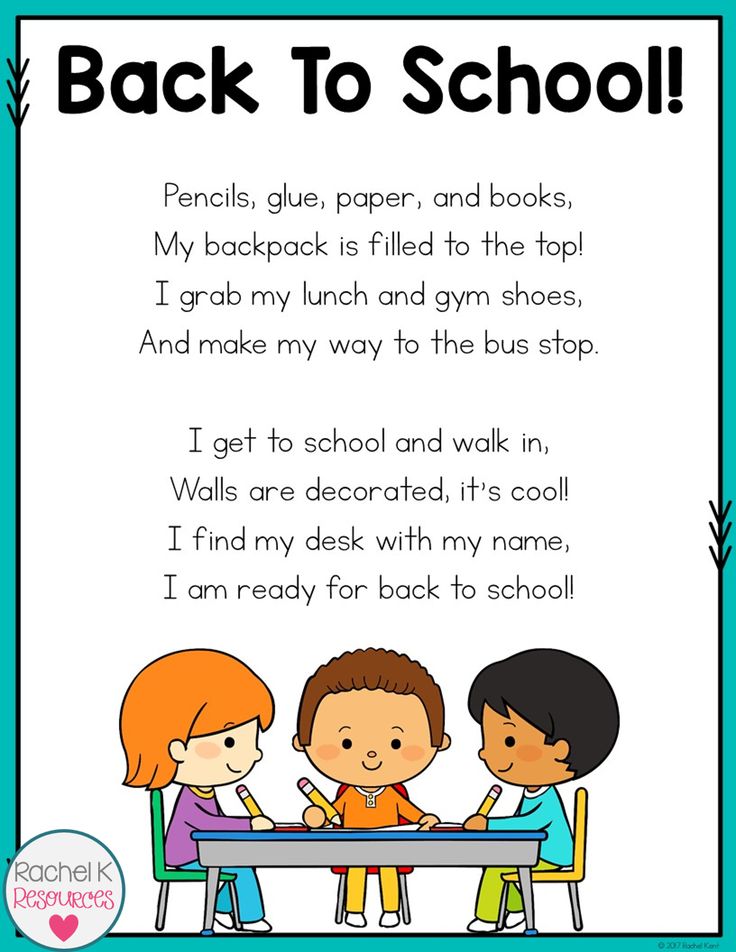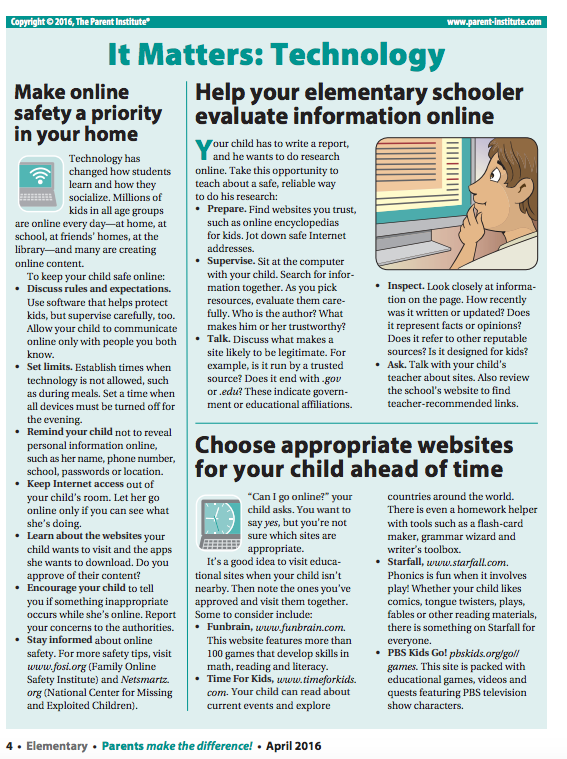Strategies to build vocabulary
6 Quick Strategies to Build Vocabulary
When several of Megan Kelly’s sixth-grade social studies students kept stumbling over vocabulary words she assumed they already knew, she discovered a blind spot in her teaching practice. “Why should they know these words if I’m not being intentional about teaching them?” Kelly asks in an article for MiddleWeb. Aware that regular exposure to rich, varied vocabulary would bolster her students’ long-term academic success, she set out to find smart strategies “to incorporate vocabulary into small pockets of time in class.”
Traditional vocabulary instruction can be a passive exercise, says literacy specialist Rebecca Alber, an instructor at UCLA’s Graduate School of Education—but “copying definitions from a dictionary,” isn’t ultimately an effective strategy, Alber argues. Instead, students need “multiple and various exposures to a word before they fully understand that word and can apply it,” research shows, and in order to be truly memorable, vocabulary needs to be learned in context, she adds, not as “standalone lists that come and go each week.
” Kids also need opportunities to revisit words they’ve learned throughout the year: “Keep an ongoing list displayed in the classroom of all the words you have ‘owned’ as a class,” Alber suggests. “Periodically revisit and challenge students to use them, for example, in a one-minute essay or a quick write.”
Meanwhile, given the constraints of time and curriculum sequencing, vocabulary instruction often gets short shrift, observes veteran teacher and education consultant Marilee Sprenger in another MiddleWeb post. But dedicating entire lesson blocks to vocabulary isn’t necessary because even “brief encounters with words”—Sprenger says 10 minutes or even as little as 2 minutes—can be surprisingly effective, as long as they’re woven into lessons regularly. “If we explicitly teach about 300 words per year to our students, it can make a big difference in their vocabularies,” Sprenger writes. “Some students will learn about 3,000 or 4,000 words per year due to the literacy that surrounds them, while others have limited access and will only learn 1,000.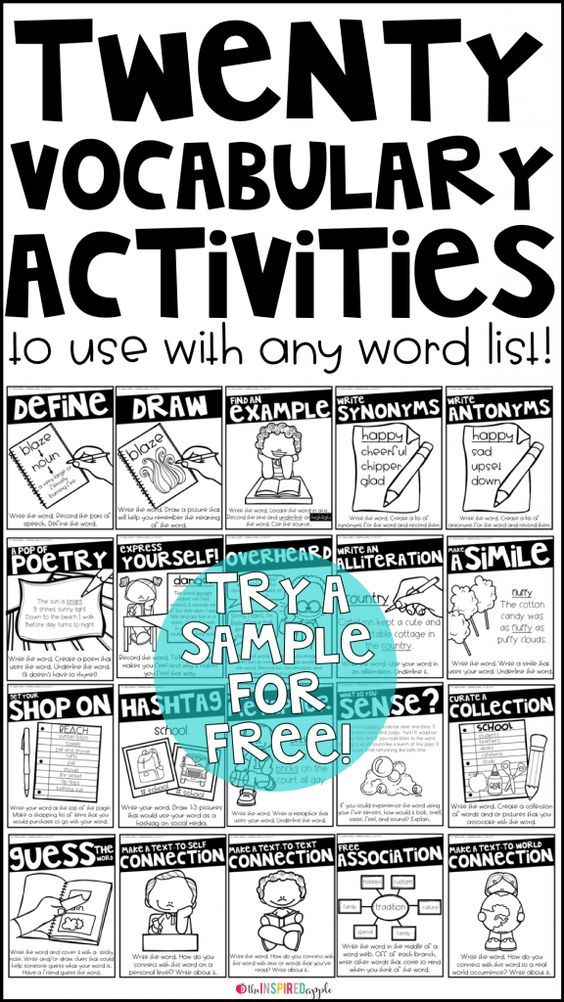 Imagine how much you will be helping those students who have limited outside access to greater vocabulary.”
Imagine how much you will be helping those students who have limited outside access to greater vocabulary.”
Here are six quick, engaging classroom strategies—sourced from Kelly and Sprenger and from our Edutopia archives—for weaving vocabulary into your curriculum without disrupting your regular classroom flow.
Sing or rhyme it: Ask students to create a short song or poem that includes a chosen vocabulary word and its definition, suggests Sprenger. Students can work in pairs to develop the song or rhyme. “A jingle for the word clarify might be: ‘clarify and shed some light, explain with details and say it right,’ or ‘clarify to avoid confusion, explain clearly for the right conclusion,’” Sprenger writes. Later, as kids transition to another activity, or line up, or get out of their seats to get new materials, ask them to sing or recite their jingle.
Let students choose their own words: “One of the biggest mistakes we teachers make in vocabulary instruction is selecting all the words for the students and not giving them a say in the matter,” says Alber. Ask students to skim the first chapter or passage of a text you’re reading together, for example, and select their own words, marking them as “know it,” “sort of know it,” or “don’t know it at all.” Then, before looking up the actual definition, ask them to propose a definition for the words they know and kind of know, and use this data as a gauge to guide your vocabulary work.
Ask students to skim the first chapter or passage of a text you’re reading together, for example, and select their own words, marking them as “know it,” “sort of know it,” or “don’t know it at all.” Then, before looking up the actual definition, ask them to propose a definition for the words they know and kind of know, and use this data as a gauge to guide your vocabulary work.
Pick three: Choose three words to focus on that day, and post the words and their definitions prominently in class. “Ask students to set a goal with a partner for how many times they will use the words. Then, really ham it up with the word usage,” says Kelly. As her students played a board game about creating a civilization, for example, Kelly used the day’s words—thrive, surplus
, and impact—as often as possible while giving directions, and then “made a big deal whenever I heard a student say one of our goal words,” which in turn encouraged students to find ways to incorporate the words as much as possible as they played the board game.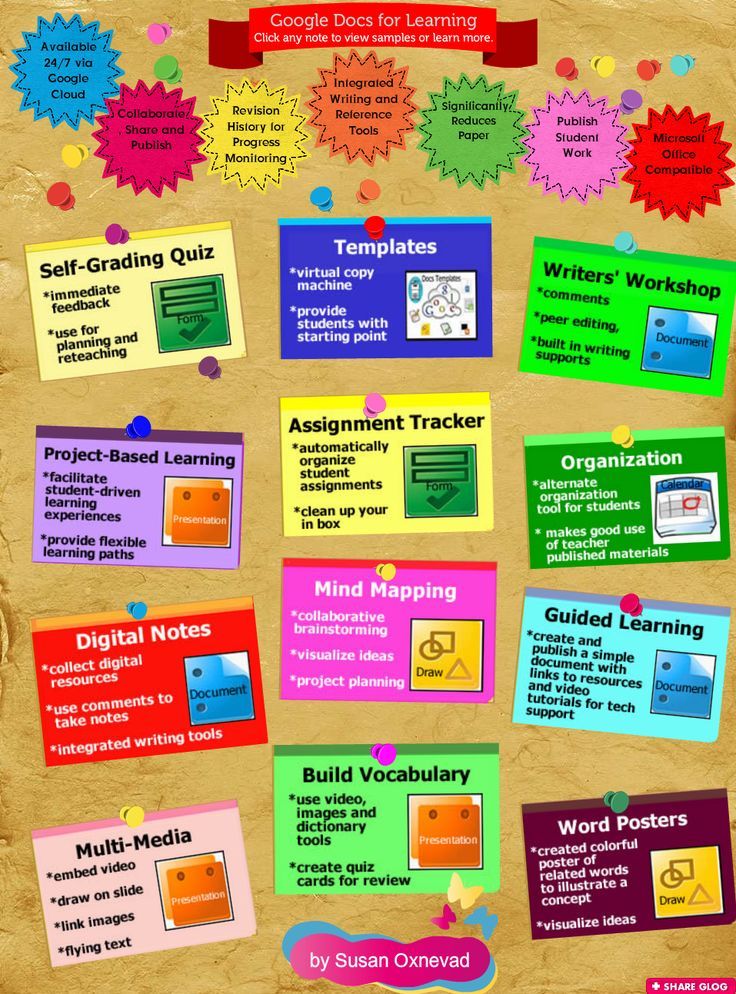
Act it out: In small groups or pairs, have students briefly act out one of the week’s vocabulary words, says Sprenger. Research shows that the body often remembers what the mind forgets: When researchers asked 8-year-olds to mimic the words they were learning in another language by using their hands and bodies to act out the word’s meaning—spreading their arms and pretending to fly while they learned the German word for airplane, for example—the students were 73 percent more likely to recall them, even two months later.
Think of what it’s not: Learning new words doesn’t need to feel like work, says Rebecca Givens Rolland, an oral and written language specialist at the Harvard Graduate School of Education. In fact, “students can be more engaged when they’re allowed and encouraged to play with language,” which can deepen their understanding of new words, she writes.
One playful strategy is to challenge students to “Ask not just, ‘What does this word look or function like?’ but also, ‘What does it not look or function like?’,” says Givens Rolland.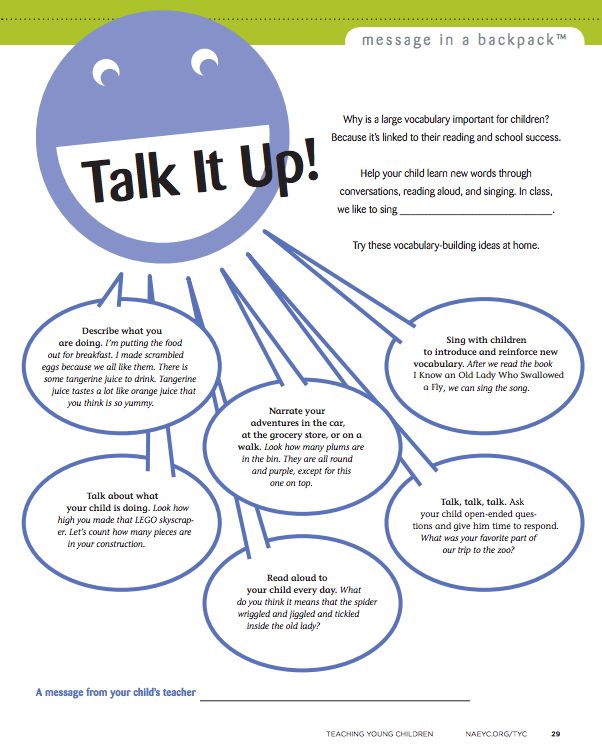 So when students are defining an acute angle, they might say “it looks sharp, but “it does not look curvy, or wavy, or square.” For every word your class discusses, be sure that students are specific about the difference between the original word and the things it is not. “This process of description will help build their vocabularies and strengthen their abilities to make connections between one topic and the next,” she explains.
So when students are defining an acute angle, they might say “it looks sharp, but “it does not look curvy, or wavy, or square.” For every word your class discusses, be sure that students are specific about the difference between the original word and the things it is not. “This process of description will help build their vocabularies and strengthen their abilities to make connections between one topic and the next,” she explains.
Draw it: For a novel take on drawing to remember, provide each student with a whiteboard and marker and then “ask students to balance the whiteboard on their head and then draw the vocabulary word in a set amount of time (40-50 seconds keeps the game moving),” Kelly suggests. “Once finished, they should explain their drawing to a partner.” Or, for a less giggle-inducing approach, have students draw the vocabulary words quickly—on paper on their desks—and explain their drawing to a partner. A 2018 study revealed that, even for fledgling or indifferent artists, drawing what they learned doubled retention rates, when compared to kids who wrote or read the same material.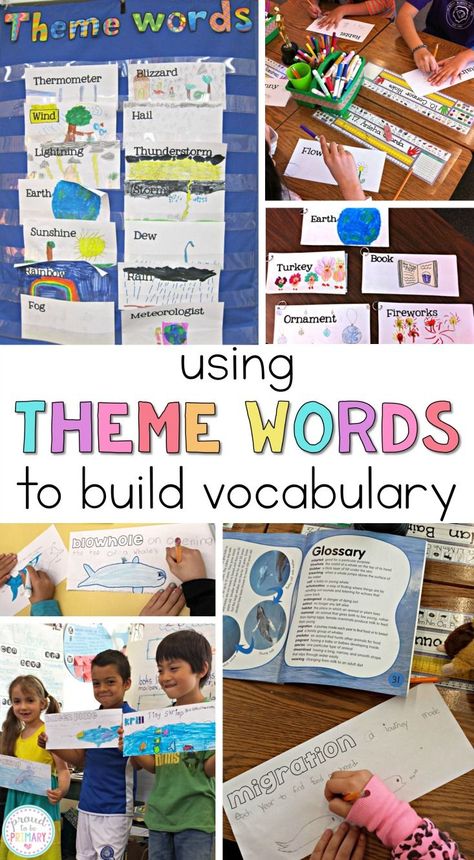
7 Creative Strategies To Improve Vocabulary Teaching
Vocabulary skills are critical to each student's academic achievement. In and out of the classroom, student success depends on grasping reading comprehension and English language development. Effective vocabulary strategies help you educate children as they learn new words.
Developmental delays, reading difficulties and infrequent exposure to new words can cause setbacks in student progress. However, most teachers agree that passive learning isn't the best way to help students grow their vocabulary skills.
What teaching strategies should you use instead to streamline vocabulary instruction?
How is vocabulary knowledge developed?
Vocabulary is understanding how to use words in relation to their meaning. Developing new vocabulary involves more than just looking up words in a dictionary and using those words in sentences.
Students' vocabulary grows throughout their lifetime through direct and indirect learning.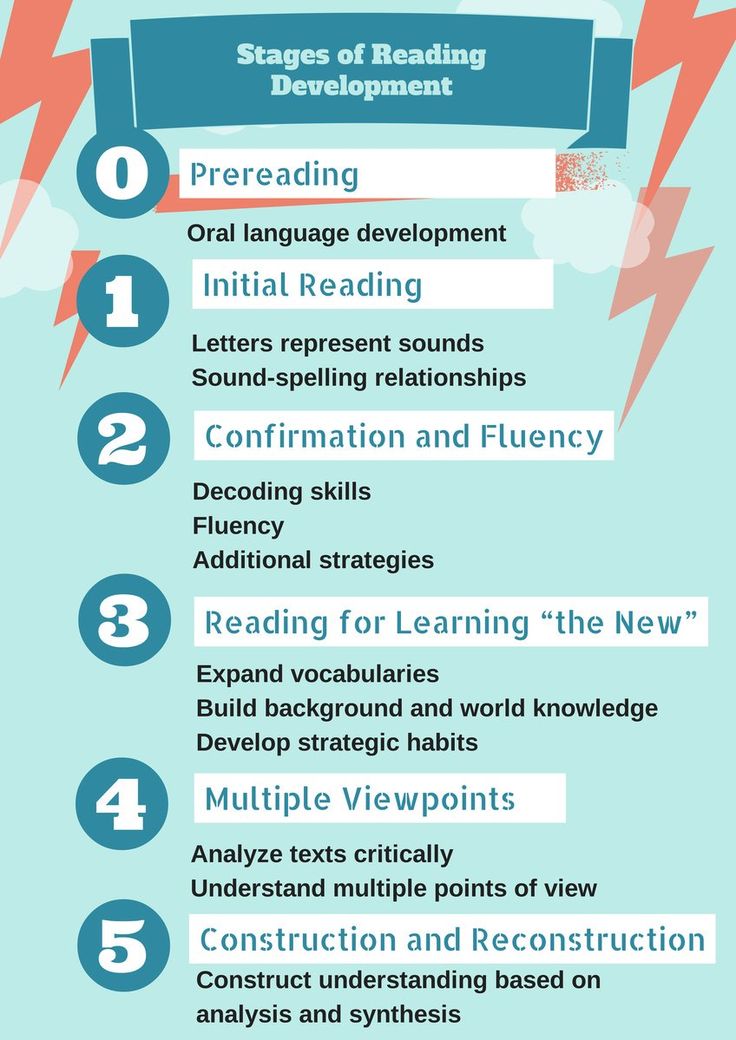 You can adopt direct teaching methods such as:
You can adopt direct teaching methods such as:
- Introducing specific word instruction geared toward increased comprehension and vocabulary.
- Leading wordplay activities that build upon previously learned words.
- Encouraging students to read often to boost their word knowledge and language development.
- Using the dictionary to teach word meanings and asking students to use those words in sentences during class participation.
- Utilizing Cognate Awareness (ELL) to teach kids similar words in English and other languages, such as Spanish. Cognates are two words in different languages that have similarities including spelling, meaning, and pronunciation.
- Making speaking skills a priority when learning vocabulary.
- Reading stories to your students. It helps them to question and learn specific words. Books that contain pictures may help reinforce the 'bigger' words for your students.
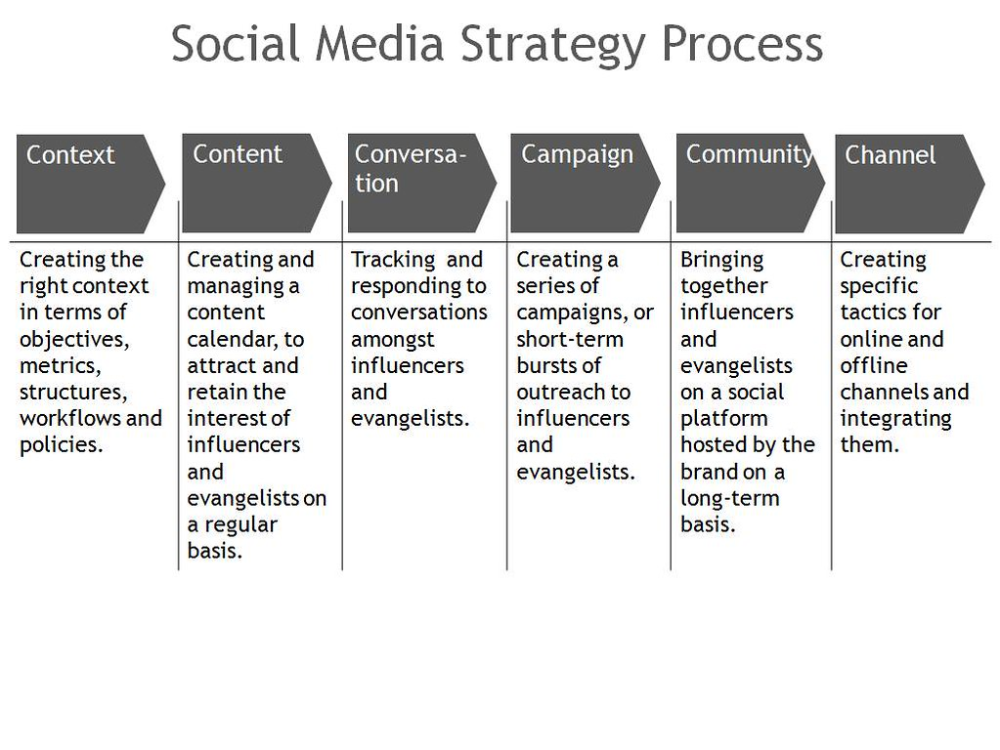
Deepening vocabulary skills takes a lifetime. It’s vital that students understand how to learn new words so that they don't feel singled out if they're struggling to enhance their vocabulary.
Effective vocabulary learning techniques
When teachers use word learning techniques and teaching strategies like dictionary use, morphemic analysis, cognate awareness and contextual analysis, students catch on quickly and can recall new words, synonyms and antonyms. Each of these components builds on their prior knowledge of other words to create their own vocabulary library.
Effective teaching strategies include various methods you can use in the classroom today:
- Expose students to the same word many times to support learning
- Give students the definition of the word and ask them to write that word in a sentence
- Use graphic organizers to define new words
- Teaching kids to be independent and learn how to correct their own errors — it's ok to make mistakes!
- Bring technology into the classroom and use digital tools suited to teaching vocabulary.

- Let students practice often
Simple and effective vocabulary strategies help your students build an impressive vocabulary. But we have more tactics to share with you!
Be sure to have a look at the comprehensive list of targeted strategies to help you teach vocabulary to your students.
1. Take a student's perspective
You understand what it's like to grow your own vocabulary — you’ve been doing it for many years! With your higher education and experience in reading and writing, there is much wisdom you can pass onto your students.
Adjust lesson plans to accommodate any problems that students encounter as they learn new words. Show them how to take a word they've never heard of before, sound it out and show its use in a sentence or two. They'll pick up on its meaning through the sentences.
One way to level-up this language technique is to take a culturally-responsive approach. And you can do this by framing new words in examples that are familiar to your students whether it's geographically, culturally or socio-economically, for example.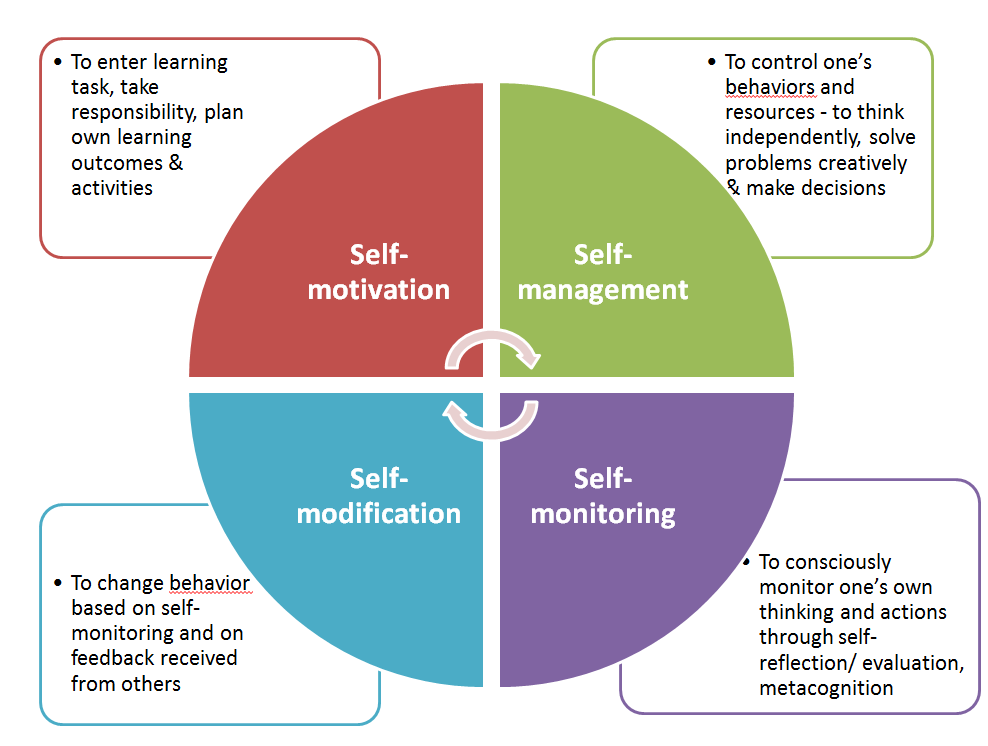
2. Try using a word wall
A word wall encourages kids to focus on learning new words. Word walls are easy to create! Simply type or handwrite a list of words in large letters and hang them up on a bulletin board or a wall where students can see it every day. Be sure to add new words throughout the year so that your students deepen their knowledge of unknown words and their meaning.
Invite your students to take part in creating a bigger wall and add pictures, synonyms and antonyms to each word. If they're having trouble grasping the meaning of specific words, adding synonyms can help ease confusion.
Word walls provide a fun way to increase your students' vocabulary skills.
3. Create vocabulary notebooks
Vocabulary notebooks encourage students to expand their prior knowledge and boost their English language proficiency. Hand out notebooks so that they can jot down new words and their meanings. You can motivate students to think about writing synonyms and antonyms beside each new word.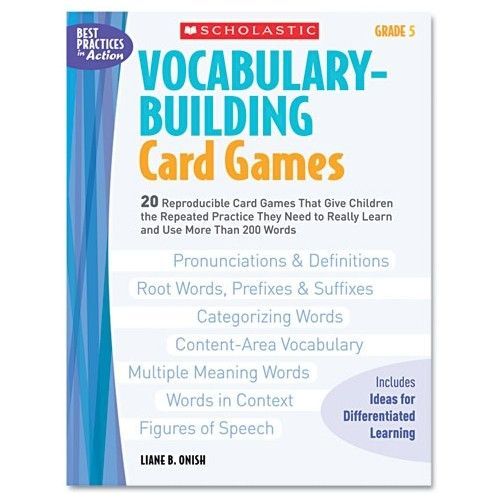
To make vocabulary notebooks more fun, ask your students to draw pictures or create charts to show how they used a word in a few sentences. It gives them an opportunity to practice that word a few times and reinforce its definition.
And speaking of opportunities, a perfect time for students to practice their language with vocabulary notebooks is during writing periods.
A regular cadence of writing periods coupled with their vocabulary notebooks will encourage students to reflect on the words they’ve learned and to actively use them in their writing to get additional practice.
These vocabulary word books remind students of their advancement. It'll help them realize just how much they've progressed throughout the year.
4. Connect word meanings with semantic mapping
Semantic mapping is a type of graphic organizer that displays a relationship between specific words and phrases.
Select one student to draw a keyword on the chalkboard. Next, encourage students to participate in creating the map and write words that are connected to the keyword.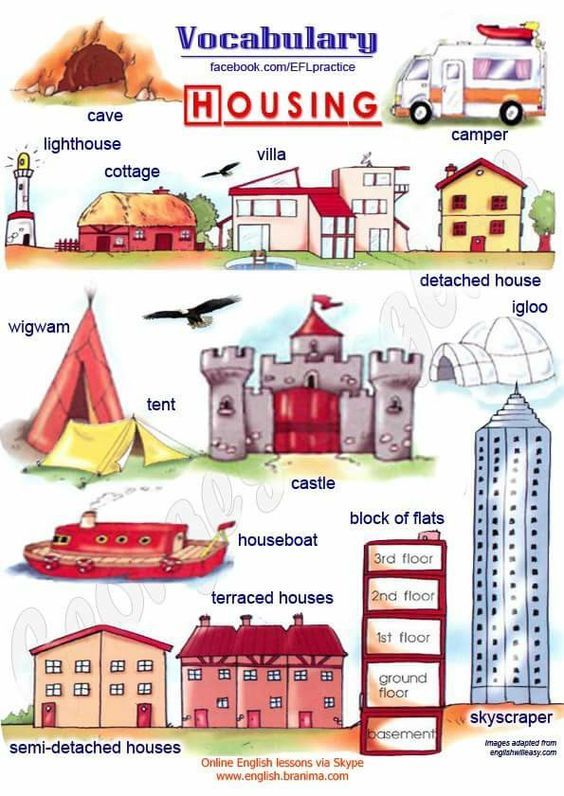 For example, a student or teacher could write the keyword "farm" on the chalkboard. Your students would take turns writing words such as cow, barn, horse, hay and farmer.
For example, a student or teacher could write the keyword "farm" on the chalkboard. Your students would take turns writing words such as cow, barn, horse, hay and farmer.
Semantic maps help build students' vocabulary and reading comprehension. Teachers can add more challenging words each week. As students grow their vocabulary, they'll become confident in their reading and writing abilities.
5. Make word cards
Word cards help students to develop their ability to learn new words and highlight their meaning. There are a few ways you can get students to create their own word cards.
In this example, students can write single keywords on separate blank cards. They'll determine if that word is a noun, pronoun, adjective or verb. Make sure they write the definition below each word. Instruct them to use those words in a few sentences, or turn the word into a quick writing prompt.
Consider putting students into small groups of two to four kids. They can help each other to develop their vocabulary by introducing keywords to each other and asking them to use those words in a sentence.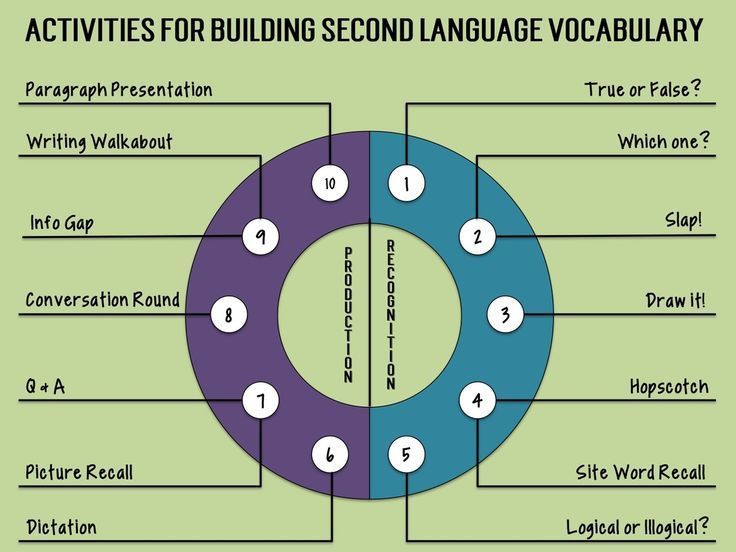
Weekly word cards support English language development and enhance reading comprehension.
6. Encourage reading comprehension
It's crucial to every student's academic success to develop reading comprehension abilities. A variety of teaching methods, combined with consistent reading assignments, should help build comprehension and vocabulary development.
Below, you’ll find a few tips to help strengthen your students' reading comprehension skills:
- Class discussion about books they're reading. Talking about books helps students to remember the stories and promotes comprehension.
- Phonics. Practicing phonics is a fun way for kids to build their vocabulary skills. Phonics helps students master sounds and differentiate between letters that sound the same as "s" and "th".
- Reading grade-appropriate books. Give your students books suited for their grade level. Books should be easy enough for kids to understand the story's meaning but challenging enough to expand their vocabulary.

- Read aloud. Get students to take turns reading aloud to help them see words and to hear them, too. They can learn how to pronounce the words as they go. Be mindful of students who might find reading aloud in front of the whole class to be daunting. If any students come to mind, it can help them to read aloud to a partner, teacher, parent or small group.
7. Use visuals and situations
When possible, use meaningful visuals in your classroom. Flashcard tools like Vocabulary Cartoons help students connect words to fun cartoons through memory techniques. This program works well from the elementary grades through to high school.
Use the following visual vocabulary teaching strategies with your students:
- If you've created a word wall, ask your students to make paper flashcards with new words and their definitions. Display the flashcards for the entire class to look at every day. Make sure you change the words each week so that they continuously learn new words and phrases.

- Turn your students into word detectives! This fun activity gets kids to read books while searching for keywords. Hand them a list of keywords to find in the book. When they find the keywords used in sentences, encourage them to use those words in spoken and written sentences.
- Kids love art, so why not get them to create drawings to express their understanding of words? Students can form their own connections to new words through drawings, patterns, and other examples.
Make new words fun to learn! Combine visuals such as graphics and photos with auditory learning to cover a range of learning styles and make it easier for students to learn new words.
Using word-learning strategies
Word-learning strategies allow students to familiarize themselves with words and phrases. Instead of having partial knowledge, they'll learn the meaning of the word and any related words. Students can develop word consciousness with the help of quality reading materials and practical teaching methods.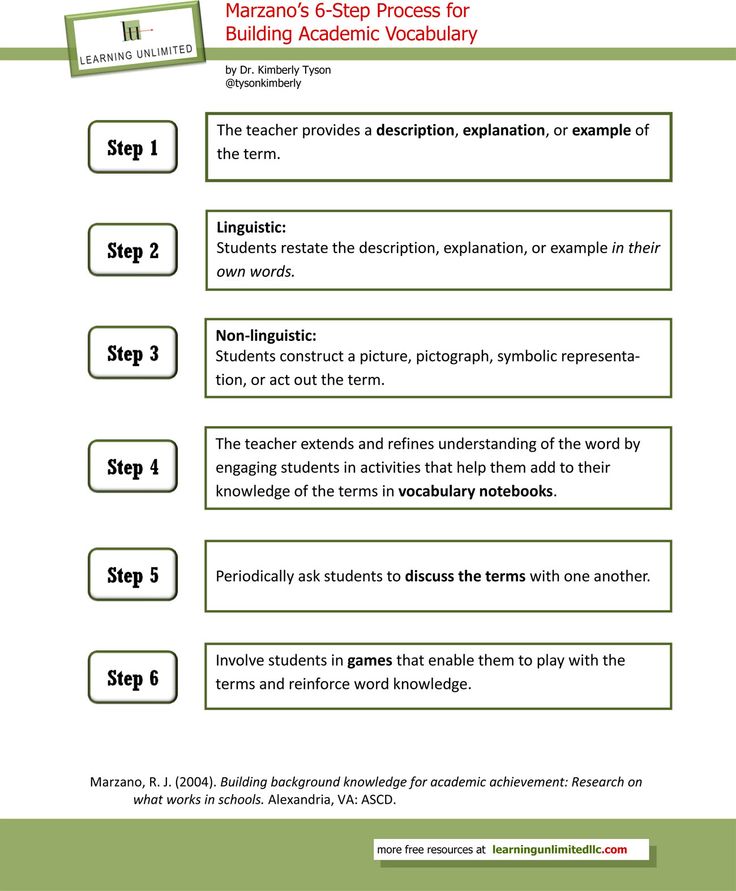
Break down words into meaningful parts
Word parts are root words you can add a prefix or suffix to make a new word.
Allowing students to read keywords and add prefixes or suffixes helps them garner the meaning of those words based on how it's used in a sentence. Give your students opportunities to guess the meaning of word parts to support their vocabulary growth.
Word parts work best for students with a larger vocabulary.
Ask questions about a word
One way for students to learn words involves understanding the definition, how it works grammatically and its subtext. Motivate your students to ask questions such as:
- Does the word have a masculine or feminine version similar to other languages?
- How can I use the word in more than one sentence?
- Does the word have several meanings? Homonyms such as "pen" can mean an instrument to write with, or an animal enclosure.
When students deepen their word knowledge, they'll gain confidence in their ability to strengthen their vocabulary.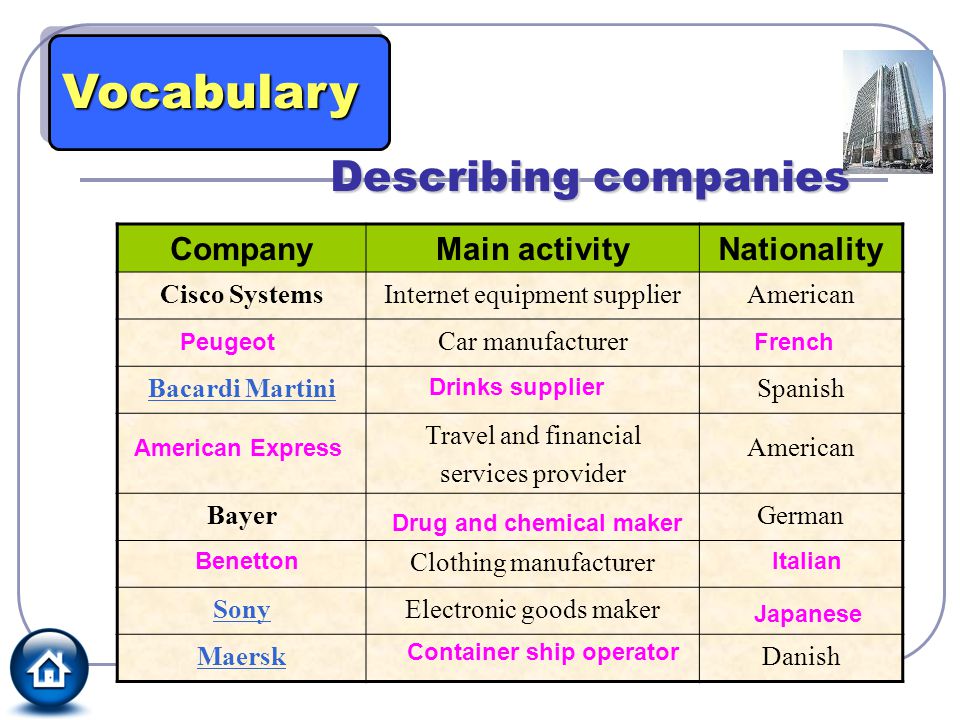
Reflect and practice new words
Some words are easier to learn than others. Inspire your students to test their word knowledge and determine areas where they need help. They might require assistance in boosting their confidence to use those words in sentences or to speak them with confidence. Also consider that they may not fully understand the meaning of those words.
Encourage your students to reflect regularly on new words and use them in their everyday conversations. This is where vocabulary notebooks come in handy to build word knowledge!
Additional vocabulary activities
Bring words to life through vocabulary development activities! There are lots of fun things you can do in the classroom that encourage students to practice vocabulary.
Try these activities to boost kids' vocabulary skills:
- Guided word sorting. Give your students a list of words to sort into various categories, such as parts of speech (noun, verb, etc.
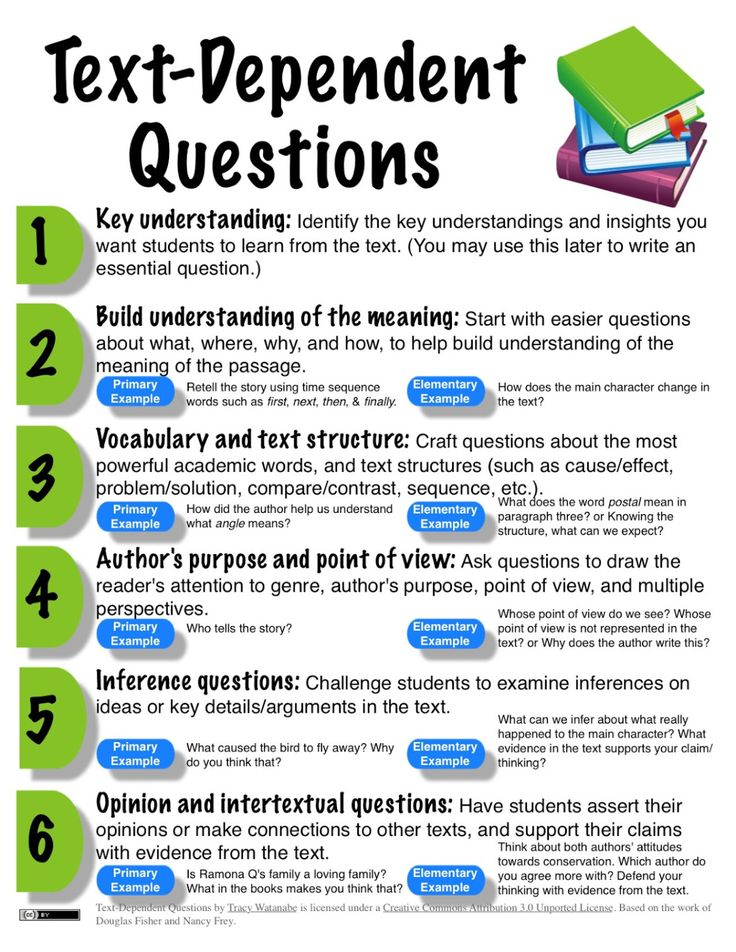 ), geography (cities, towns), or something they can relate to. Students develop an understanding of new words as they group them into categories. Turn word sorting into a fun game!
), geography (cities, towns), or something they can relate to. Students develop an understanding of new words as they group them into categories. Turn word sorting into a fun game! - Word fixes (on-purpose errors). Use a word incorrectly in a sentence and ask your students to correct the mistake. Choose one or more students to write the word correctly in a sentence and share it with the rest of the class.
- Make mind maps. Mind mapping involves the use of colored pencils and pens to create a graphic of how the keyword connects to other words, similar to the semantic map.
With these fun activities, vocabulary isn’t just another spelling quiz — it’s a core part of your instruction that supports everything else you teach.
Prodigy English is a brand-new adventure that helps students master key vocabulary skills in a world of their very own.
Every correct answer gives students more energy they can use to gather resources, craft items and build their very own village! Create your free Prodigy teacher account to track student progress, send assignments and help build a love of learning.
5 Continuous Vocabulary Strategies for TOEFL
Have you already started preparing for the TOEFL? Have you submitted it yet? Are you never going to go through it at all?
Actually, your answer doesn't matter. You are learning English, which means you understand that you need to memorize new words. But have you ever learned a word by heart, and after a few days - or even minutes - forgot it? If everything is in order with you, then the answer will be positive.
Unfortunately, memorizing new vocabulary - especially all those tricky words for TOEFL iBT - can be really tricky. Teachers in schools often force children to memorize such lists, but they do not help their students by teaching them about useful techniques. If students manage to memorize the words in this case, they cannot use them or even pronounce them correctly. As a result, students become frustrated, feel like idiots, and come to the conclusion that memorizing vocabulary is a very difficult task.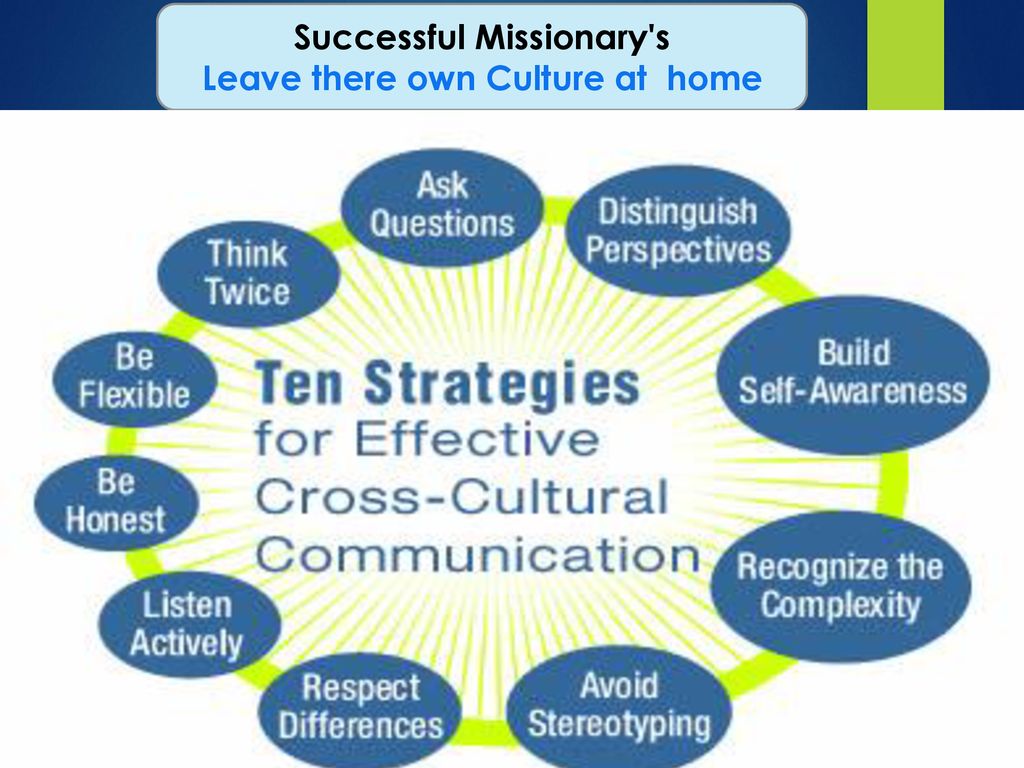 But it's not! We are ready to share with you 5 simple and effective strategies for memorizing new words.
But it's not! We are ready to share with you 5 simple and effective strategies for memorizing new words.
Strategy #1: Set realistic goals
You should tackle a reasonable amount of new vocabulary. If you try to learn too many phrases in a short amount of time, you will only really remember a few of them. Imagine that you have a list of 30 new words in front of you, and you want to master them. Great, but...
How much free time do you have?
You need to sleep, shower, dress and take care of yourself, eat, spend time on the road, go to school, college or work... And then there's Facebook, family, friends, sports, TV. And household chores. And at least sometimes you just have to sit and do nothing.
You're busy. You live. You may indeed only have 1 hour per week to work on new vocabulary (60 minutes/30 words = 2 minutes per word). Imagine that you finally sat down, pulled out your list of phrases, and stared at it. Great, 2 minutes. Forward! Write, pronounce, memorize, insert into sentences. Forward! Forward! You only have 2 minutes for each word!
Forward! Forward! You only have 2 minutes for each word!
And what do you think about it? Is this real for you? No, it seems impossible. Most students need at least 4-5 minutes to memorize, pronounce and write down a new word correctly, come up with a sentence with it and include it in their thoughts.
Think back to ordinary life
How much time do you really have to work with vocabulary? Are you free on Monday afternoons? On Thursday evening? On Saturday? When? Can you work with a dictionary while sitting on the bus? What about before school? Between classes? After study? Count your free time and divide it into 5-minute intervals. This will give you a number showing how many new words you should memorize in a week.
If you break away from reality, then you will be disappointed. Working with vocabulary (and being able to think fast enough to use it!) takes time, patience, and dedication. Most ordinary people are not able to absorb a lot of information quickly.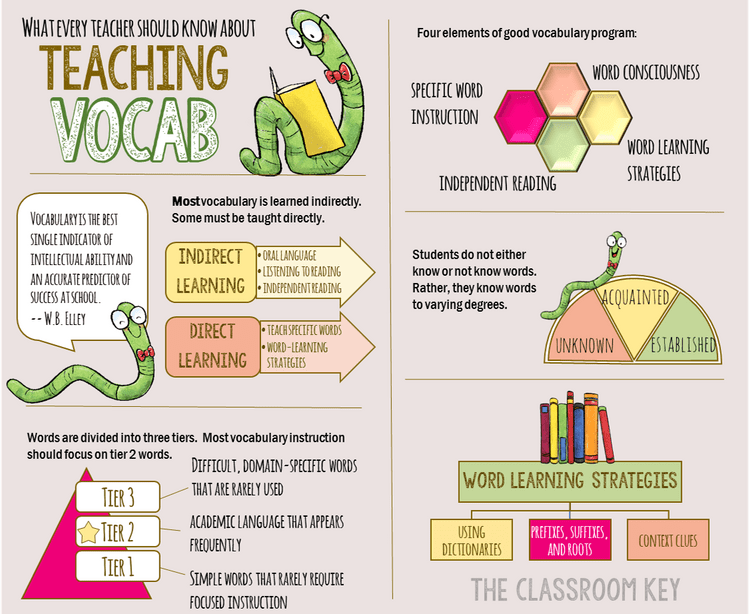 Your eyes are not cameras and your brain is not a bookshelf.
Your eyes are not cameras and your brain is not a bookshelf.
Strategy #2: Don't memorize words in alphabetical order
Situation:
Imagine that you found a list of 30 words in a dictionary. They are in alphabetical order (for example, they all start with the letter "a"). Each of them is accompanied by either an interpretation in English or a translation into your native language.
It. Terrible.
Memorizing words from a dictionary can cause various problems. Here are just 2 of them:
1. You can easily get confused by similar words (for example: "In English, would it be 'abase' or 'abate'? 'S' or 'T'?! Damn it!")
2. Your brain becomes lazy and refuses to actively learn if you show it the word and the translation at the same time. (For example: "increase / زيادة" or "increase / aumento" or "increase / meningkatkan").
If you have both words in front of your eyes at once, then you just LOOK at them.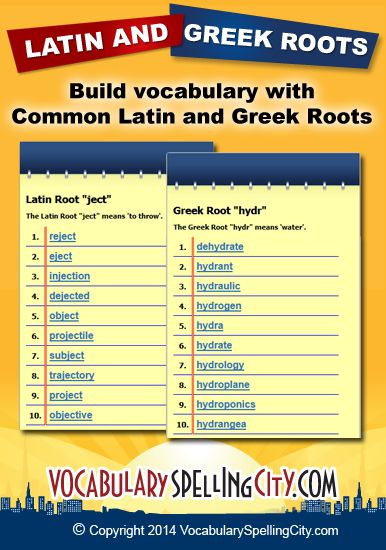 And this has nothing to do with creating a problem that your brain should have solved.
And this has nothing to do with creating a problem that your brain should have solved.
We asked our teacher for some advice on memorizing vocabulary for TOEFL. Here is what she recommended to us:
Make reminder cards!
Cards can be carried everywhere with you. And the effect achieved thanks to them is much higher. Why? Everything is simple, and it will take about 3 minutes to memorize each word.
Practice 15 minutes a day!
Sign up
for a free trial lesson in any group
By clicking, you agree to the processing of your personal data
DO NOT leave cards at home. They should "settle" in your pocket - then you will be ready to work out at any moment. Study them for 5 minutes while sitting on the bus. Give them 3 minutes between lessons. Spend 8 minutes working with them, waiting for a friend in a cafe.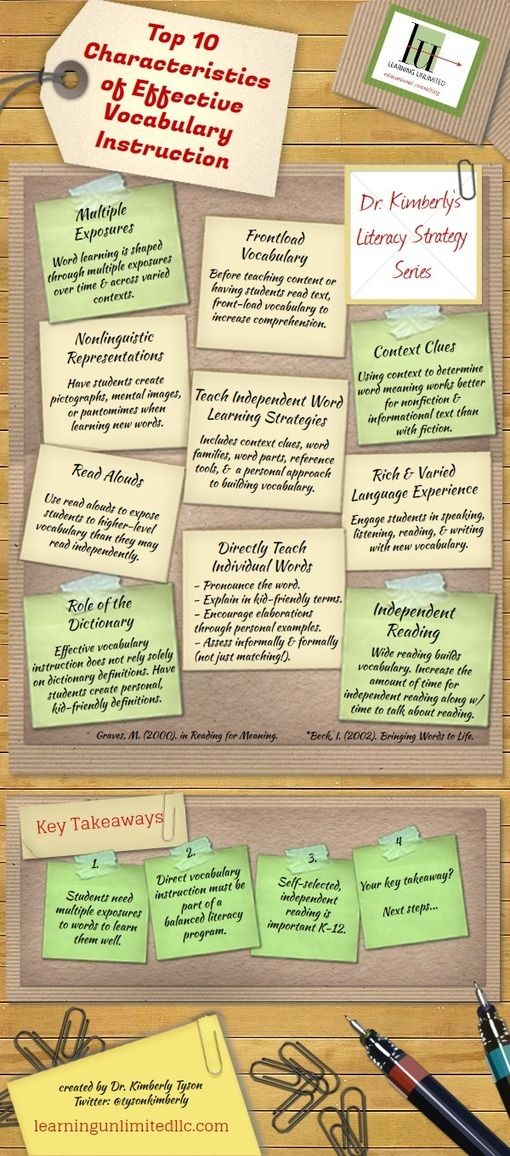 Total: 15 minutes a day.
Total: 15 minutes a day.
If you can find 15 minutes a day for vocabulary lessons, then increase the time allotted for memorizing words by 105 minutes a week. And this is almost 2 hours - and already much more than the originally declared 1 hour!
Strategy #3: Practice pronunciation
The English language is replete with puzzling words, the sounds in which are radically different from the letters written on paper. For example, "draught" or "rough" or "through" or... The list is endless. Fortunately, using an online dictionary, you can find the correct option in just a few seconds.
Strategy #4: Write a word many times in a row
You have to be good with spelling. On TOEFL iBT, spelling affects the grade for the written part of the work. Sloppiness and stupid typos [example: my nmae si Jaime] reduce the result.
Yes, we understand that spelling in English is terrible. American students have no easier time than foreign students.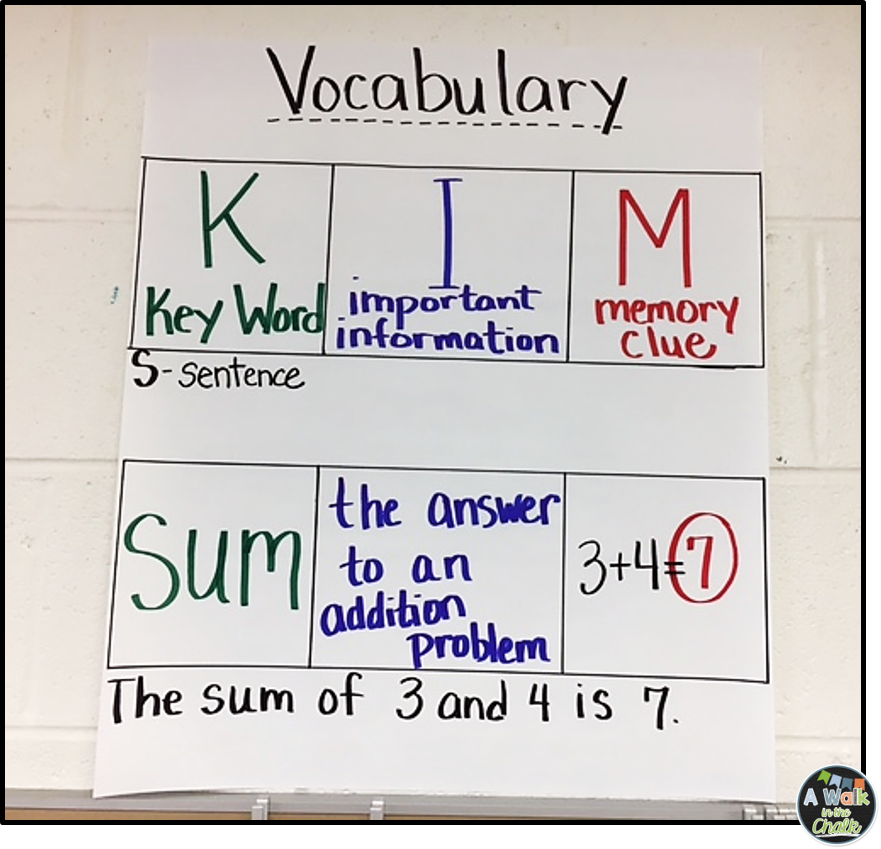 Every Monday they receive a list of 10-15 words. And every Friday they write a dictation. And so every week: a new list and a new test.
Every Monday they receive a list of 10-15 words. And every Friday they write a dictation. And so every week: a new list and a new test.
Fun?! Believe me, many Americans have terrible spelling problems. The invention of "spell checker" in Microsoft Word is a godsend for them.
However, TOEFL iBT will have only one verifier - yourself.
Muscle memory is sometimes stronger than visual memory. Through active practice, your hands memorize the order of the letters in words. They feel how the right word is spelled correctly.
Take advantage of muscle memory
Learn to write complex words on drafts. Write the word correctly 3-4 or 7 times. In parallel, pronounce it - practice pronunciation. And then write down the word WRONG. Yes - make a mistake! Replace some letters. Then cross out the last option and write the word correctly again.
For example:
agriculture
agriculture
agriculture
agriculture
agracaltur ← error! Agriculture
Strategy No.
 5: Regular repetition
5: Regular repetition Remember we said, "Your eyes are not cameras and your brain is not a bookshelf"? So it was, so it is, and so it will always be. So... if your brain is not a bookshelf, then WHAT is it? This is a muscle - the brain needs to be trained, give it exercises, ask it to remember, remember, remember. Repetition is the most important thing you can do.
Situation:
This month you have decided to learn 15 words a week for 4 weeks. You have made 15 reminder cards, carry them with you and use them to study everywhere.
- At the end of the first week, put 15 cards on the table and move on to the next 15 words.
- At the end of the second week, repeat all 30 cards in 5-10 minutes. Then put them on the table and grab the next portion.
- At the end of the third week, take 5-10 minutes to review all 45 cards. Then put them aside and move on to the last 15 words.
- At the end of the month, work on all 60 reminder cards.
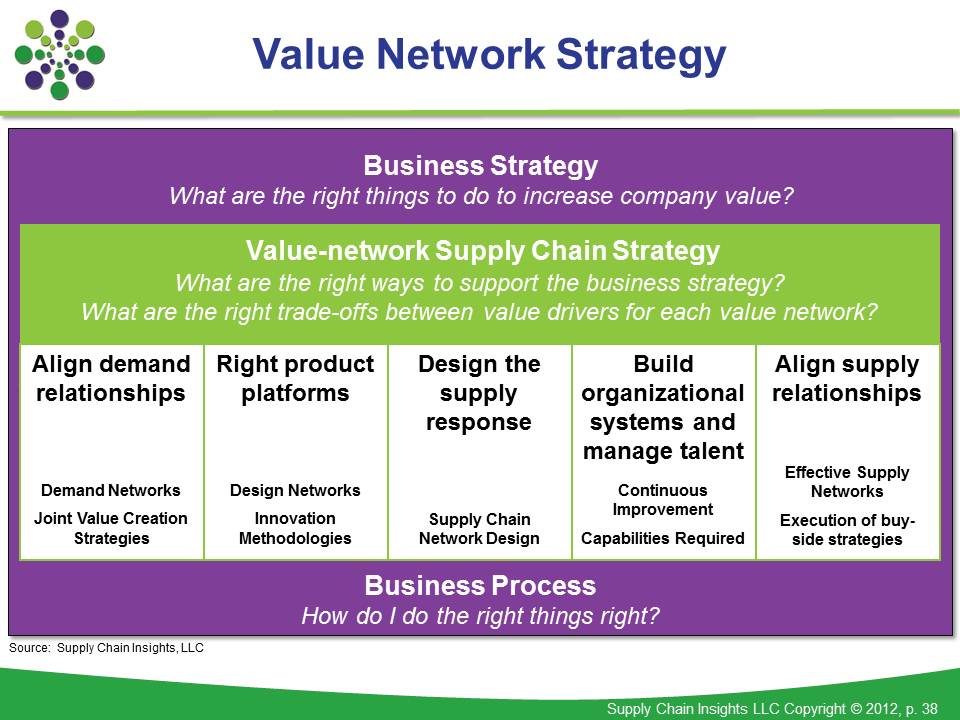
Every week you skim through the "old" information. Do not put off memorizing words for later. The longer you are going to get down to business, the lazier your brain becomes. He needs to be forced to train, work, think, give results. By exercising constantly, you avoid stress. And study in this case does not seem too difficult.
The author of the translation is Vyacheslav Davidenko, founder of MBA Consult
Source
Tags: TOEFL, Vocabulary, TOEFL Prep, Time Management, Goal Setting
12 Ways to Expand Your Vocabulary and Speak Beautifully
September 2Education
"Just reading more" won't help.
Share
0You can listen to the article. If it's more convenient for you, turn on the podcast.
1. Get rid of parasitic words
Make room for new expressions. Eliminate “uh”, “well”, “how to”, “this is the most” and the like, as well as obscene language and clichés, from your speech. Send overly capacious expressions to them, like “real”, “fuck” and “cool”.
Send overly capacious expressions to them, like “real”, “fuck” and “cool”.
The trouble with them is that they can replace a significant part of the lexicon and make speech poor.
Notice unwanted words behind you. Record your own speech on a camera or voice recorder, imagine that you are at an interview or presentation. Reread your social media posts.
Analyze all this and write down the words and expressions that you want to get rid of. Share this list with a friend or colleague, ask him to pull you up every time he hears forbidden vocabulary.
2. Add variety to your reading
It is logical that in order to know more words, you need to read more. But do not cling only to high literature. Flip through low-brow novels, scroll through social media posts, blogs from people you don't know, and magazines that don't suit your interests.
You should know equally well what "indifferent", "emancipation" and "simulacrum" means and what "hype", "crowdfunding" and "punchline" are.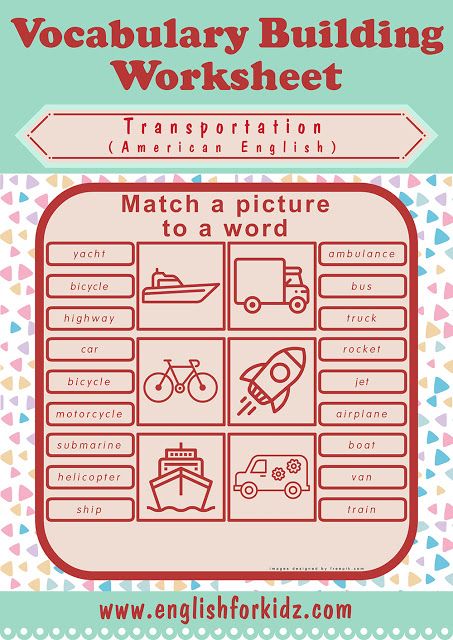
3. Learn the meaning of unknown words
Do not be lazy to look into the dictionary and do not hesitate to ask the interlocutor if you do not understand what he is talking about. There is no shame in confessing your ignorance. This is better than pretending to understand everything, continuing an unproductive conversation and losing the chance to learn something new.
4. Communicate with people who are different from you
Your usual social circle is constantly “cooked” in the same vocabulary, because you have the same interests and topics for discussion. You have probably noticed that when someone from your company finds another job or meets new people, his speech changes. He sprinkles with unusual words, jokes, and even the manner of speaking can become completely different.
Every new person changes you. Therefore, strive to constantly expand the circle of your acquaintances. Chat at the gym, shop, go to more events, and connect online. Don't push away those who are different from you.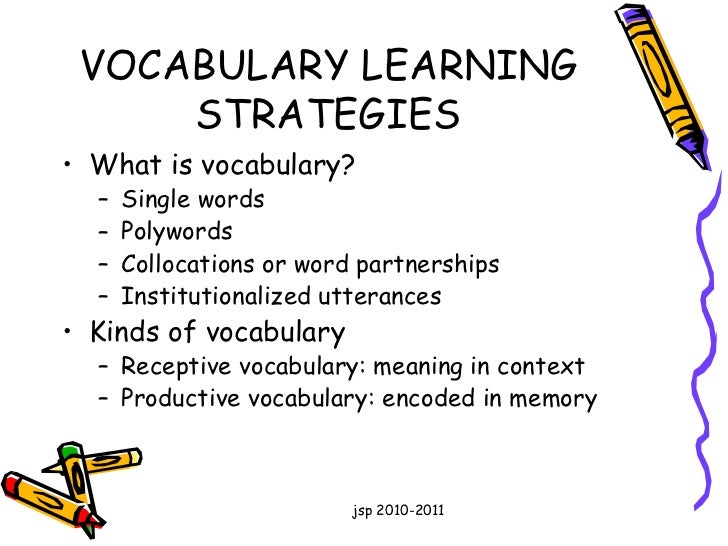
5. Carry a notebook with you
In it, do not hesitate to note interesting words that you come across and unwanted expressions that you notice in yourself. But just taking notes is not enough - review them regularly and draw conclusions.
6. Learn a foreign language
This will make you pay attention to your mother tongue. You will become more careful with grammar and syntax, you will begin to carefully select words.
In addition, while studying a foreign language, you are already practicing the mechanism of memorizing new words, as well as introducing them into the active vocabulary.
7. Write to
Start a personal diary or blog on social networks. Every day, describe your thoughts and events in great detail. Write about your goals and desires, invent stories and stories. When chatting with friends, avoid broken messages and do not use emoji instead of words.
First, writing is a great way to apply and reinforce what you have learned.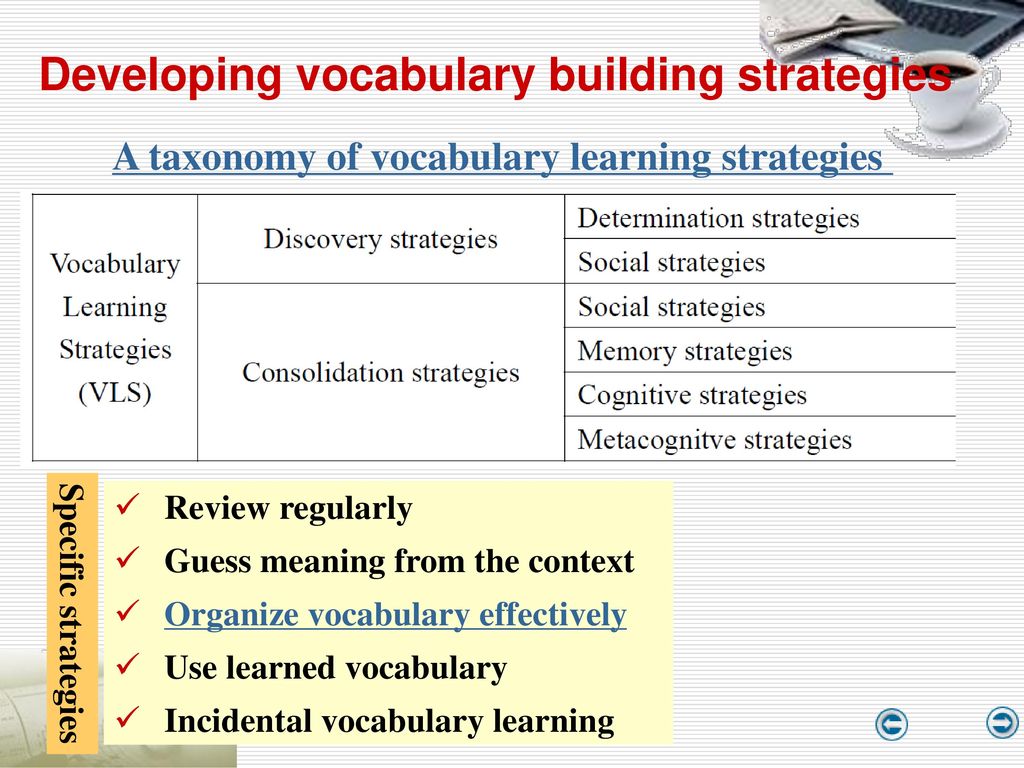 Secondly, if you write by hand, it will help you remember new words even better.
Secondly, if you write by hand, it will help you remember new words even better.
8. Memorize aphorisms, poems, quotes
It is much more pleasant to learn catchphrases that touched your soul than to memorize vocabulary items one by one. Mark and write down everything that is hooked. Learn, repeat and reread. Over time, there will be more interesting expressions in your vocabulary.
It's not just about embellishing speech. Imagine how great it will be to show off your knowledge in a conversation. Just do not be zealous with quotes and high-flown lines: you may be mistaken for an upstart.
9. Use flashcards
If you can't remember a very difficult and interesting word, use the flashcard method. Many people know this method from school.
You write the word on one side of the card and its meaning on the other. First you need to try to remember the answer yourself, and then turn the element over and check yourself.
This method is very simple and effective: the memorization process begins with preparation.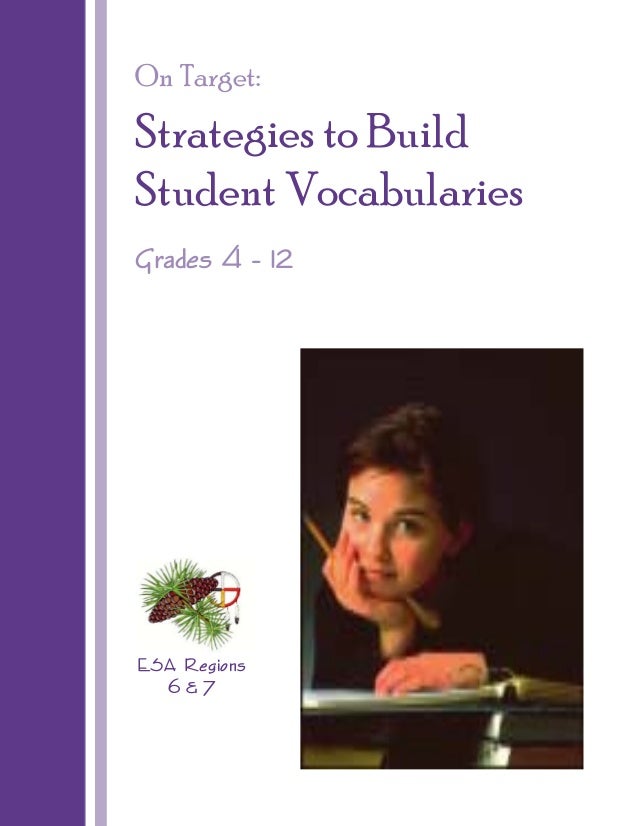 Therefore, it is better not to use applications, but to create cards yourself and write on them by hand. Yes, and you can take a small pile with you anywhere.
Therefore, it is better not to use applications, but to create cards yourself and write on them by hand. Yes, and you can take a small pile with you anywhere.
10. Practice
- Make sentences where each word starts with the next letter of the alphabet. For example: “The stork was an excellent harmonica player. Even the raccoons howled plaintively and nodded their curious muzzles, enjoying the charming songs. That skill became fatal, fatal. The gloomy heron ambitiously threw poison at the frail, selfish youth.
- Make up stories from words that belong to the same part of speech. Describe your morning using only nouns. “Call, wake up, alarm clock, turn off. Rise, search, clothes. Approach, window, opening, freshness. Cheerfulness, inspiration, joy. By the same principle, make up stories with only verbs, adjectives or participles. This activity seems simple only at first: if you set yourself the goal of adding more and more details, you will have to learn how to carefully select words and pull them out of the passive vocabulary.
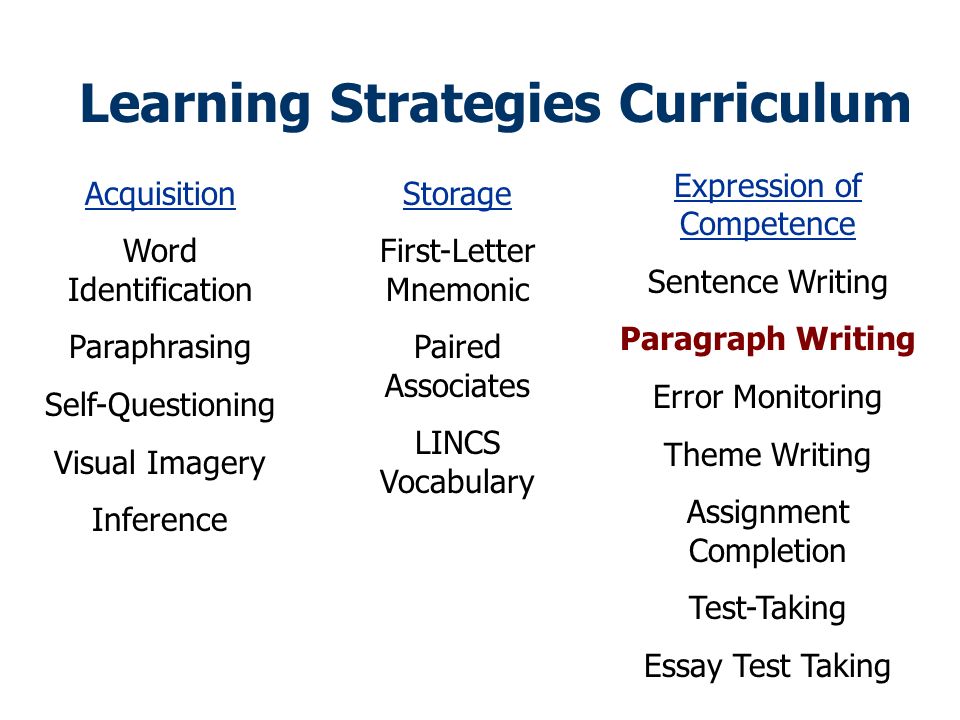
- Compose tautograms. This is the name of the sentences, all words of which begin with the same letter. Here is an example from Nikolai Kultyapov's Olgin Ostrov: Onuphry's father, Osip Ostromirovich Ordynsky, graduated from Oxford full-time. He unequivocally refused to remain far from the Fatherland, going back. The obsessed Ordynsky announced a survey of individual districts, regions, vast outskirts.
- Choose synonyms and antonyms for words. This exercise can be done anywhere and anytime. Bored in line or at lunch - come up with a synonym for the word. For example, “beautiful” is picturesque, wonderful, gratifying, beautiful, and so on. Do the same with antonyms.
11. Play
You can learn new words while having fun. Solve puzzles, solve puzzles and crossword puzzles - it's practically a vacation. Apart from the hard work of the brain, of course.
12. Follow the "Word of the Day"
Install applications like "Word of the Day" on your smartphone, subscribe to relevant blogs and mailing lists.